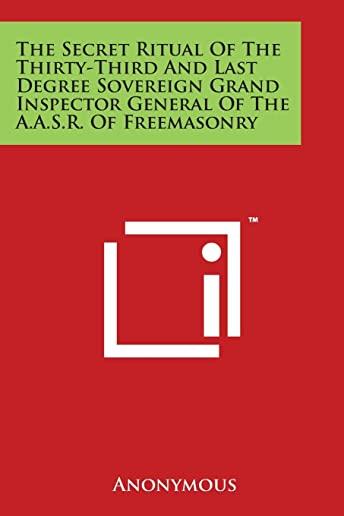
The Lokta Illustrated Bible is a series of graphically illustrated books made in a block style, using Nepali lokta paper.
The first in the series, 'Creation' covers the first chapter of Genesis in beautiful imagery, telling the story of how God created the heavens and the earth, and all the plants and creatures that live together with man and woman.
"The author makes the point that this book is not a substitute for reading the Bible. That's always true with anything written about the Bible. However this beautifully illustrated book will go a long way towards helping your child to understand the most precious book in the world, the living word of God.
In this first book of a new series, Phil has used his creative skills as a graphic designer to produce beautifully clear images that enable the reader to visualise what the text is saying. The paraphrase of the Bible text, that accompanies the pictures, opens up God's word for a younger generation.
If you are looking for a great present to give to your children, grandchildren, or a resource to use in toddler groups and children's Sunday School, then this children's Bible story book should be on your list."
Rev Tim Gamston
About Nepalese Lokta Paper
Nepalese handmade lokta paper is made from the fibrous inner bark of high elevation Lokta bushes which proliferate in open clusters or colonies on the southern slopes of Nepal's Himalayan forests between 1,600 and 4,000 metres.
Lokta is a non-wood forest product (NWFP) harvested from protected areas (national parks, reserves and conservation areas) and is an important reservoir of biological resources maintained under in situ condition in the unique and diverse Himalayan ecosystems. When harvested, the lokta bush naturally regenerates to a fully grown 4-5 metre plant within 5-7 years, ensuring the paper is truly environmentally friendly.
Historically, the handcrafting of lokta paper occurred in the rural areas of Nepal. Today, raw lokta paper is produced in more than 22 districts in Nepal, but finished lokta paper products are produced only in the Kathmandu Valley and Janakpur.
Lokta paper's durability and resistance to tearing, humidity, insects and mildew have traditionally made it the preferred choice for the recording of official government records and sacred religious texts.
The earliest surviving lokta paper document appears in Nepal's National Archives in Kathmandu in the form of the sacred Buddhist text, the Karanya Buha Sutra. Estimated to be between 1,000 and 1,900 years old, The Karanya Buha Sutra was written in Lichchhavi script and block printed on lokta paper.
Once the lokta paper is produced it can last for some millenniums (estimated at 2,000-3,500 years).
About My Art Style
My style of art is closest to be described as 'block art', and has been inspired by the design of David Plunkert, the illustrations of Joyce Hesselberth and Joanne Cole, and the artwork of Audrey Niffenegger.
First I make some rough illustrations using Adobe Illustrator, and I then take these into Adobe Photoshop. Using a scanned sheet of lokta paper, I block out the different colours using masks and alter the colours to closely match my original illustration. These files can be made up of many layers, but give the overall effect of a decoupage look to the final image.







